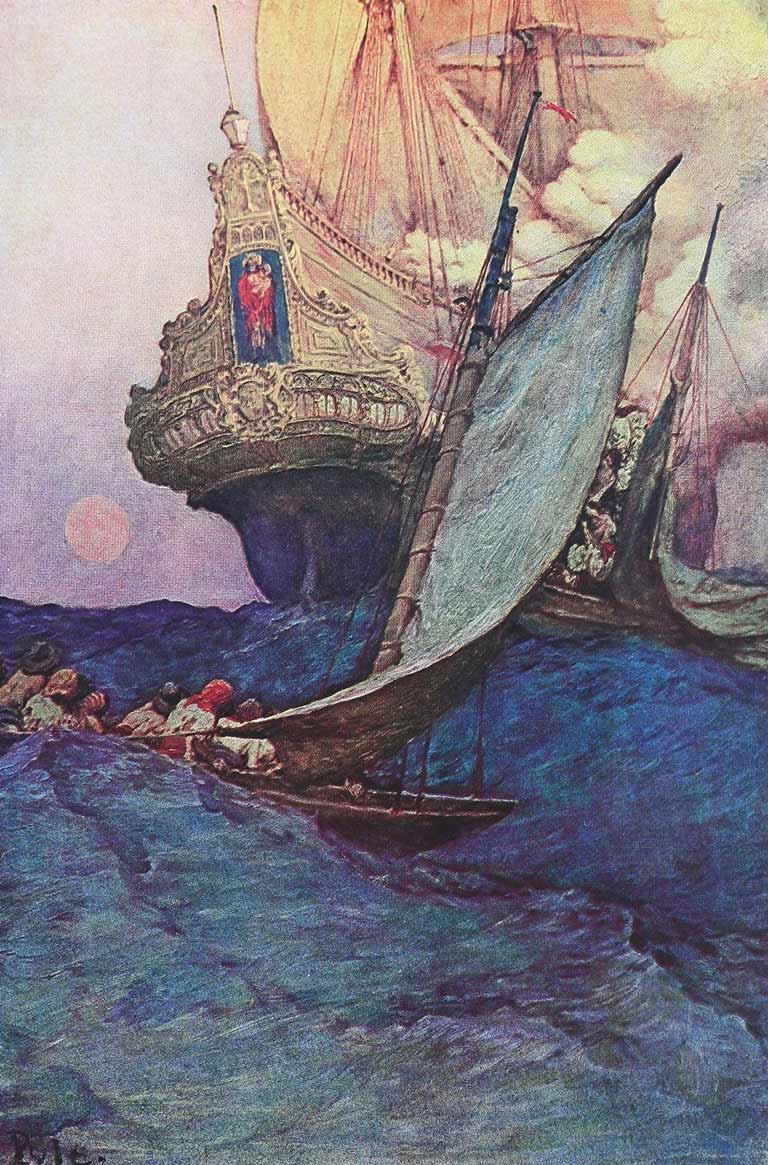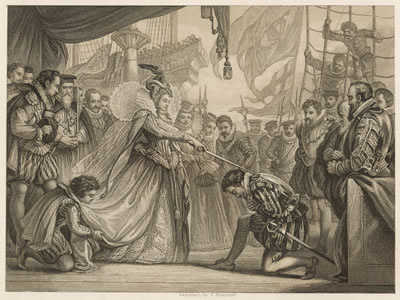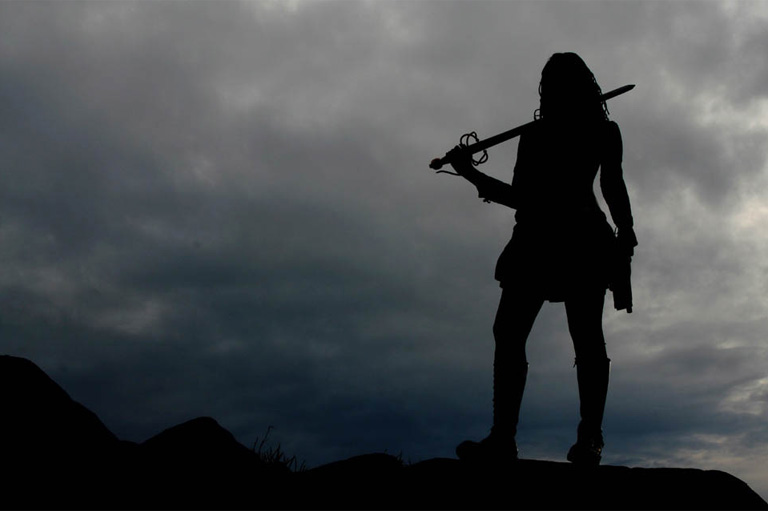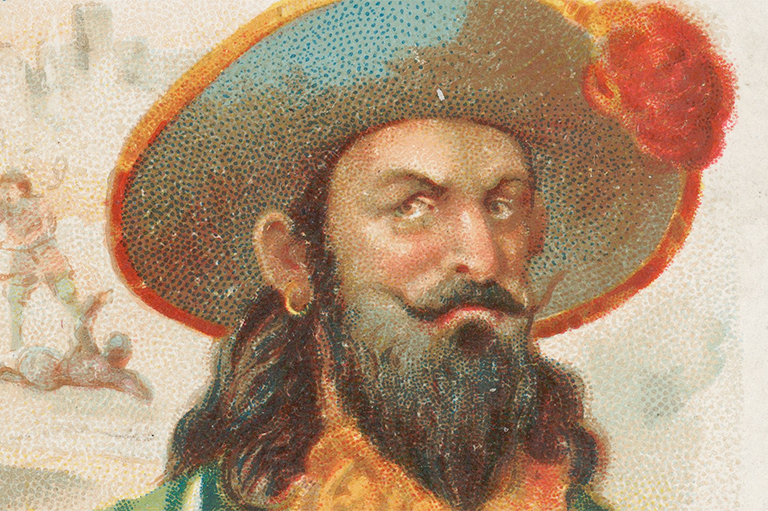Three faces of a swashbuckler

Sailing the high seas, raiding merchant vessels, and sacking port towns; pirates have been the scourge of the seas as long as humans have sailed them.
The popular image of a pirate is of the swashbuckler, haunting the Caribbean during the 17th and 18th centuries. These men were known as pirates, buccaneers, and privateers.
Today, these terms are often inter-changeable, but back then they were anything but.
Buccaneers
The term buccaneer comes from a surprising source. It comes from the French word “boucan”, which described a smoking platform for meat. Renegade French settlers, on the Spanish controlled island of Hispaniola, would use “boucans” to smoke wild boar meat.
These “bucanniers” harboured great animosity towards the Spanish, who had evicted them from their settlements on Hispaniola and other Caribbean islands. Buccaneers eventually settled on Tortuga, off the coast of Hispaniola, and began to raid Spanish shipping between the island and Cuba.
They were joined by English and Dutchmen, who operated with the consent of their governments. By the end of the 17th century, buccaneers had devastated Spain's Caribbean colonies and helped reduce Spain to being a minor power in the region.
Pirates
A pirate is someone who commits an act of robbery or violence on the high seas. Pirates have no allegiance to any nation and act beyond their laws.
Throughout history, pirates have operated in every corner of the world. Pirates raided merchant ships and ports in the Mediterranean, the Caribbean, the Atlantic coast of North America, the coasts of Africa, and the waters surrounding Southeast Asia. In the Caribbean, buccaneers and privateers often became pirates in times of peace.

Privateers
Privateers were the natural evolution of the buccaneer. By the mid-18th century, governments were officially sanctioning private citizens to attack enemy ships during wartime.
These privateers signed a contract with their government known as a letter of marque. This contract guaranteed that the privateers and government would share the profits of raids that were carried out. In the Americas, privateering began during the War of Austrian Succession, with British privateers attacking Spanish and French shipping from the Caribbean north to the Gulf of St. Lawrence.
In times of peace, many privateers continued doing what they did best and shifted into the realm of piracy.
Themes associated with this article
Advertisement
You might also like...

Canada’s History Archive, featuring The Beaver, is now available for your browsing and searching pleasure!
We hope you’ll help us continue to share fascinating stories about Canada’s past by making a donation to Canada’s History Society today.
We highlight our nation’s diverse past by telling stories that illuminate the people, places, and events that unite us as Canadians, and by making those stories accessible to everyone through our free online content.
We are a registered charity that depends on contributions from readers like you to share inspiring and informative stories with students and citizens of all ages — award-winning stories written by Canada’s top historians, authors, journalists, and history enthusiasts.
Any amount helps, or better yet, start a monthly donation today. Your support makes all the difference. Thank you!








